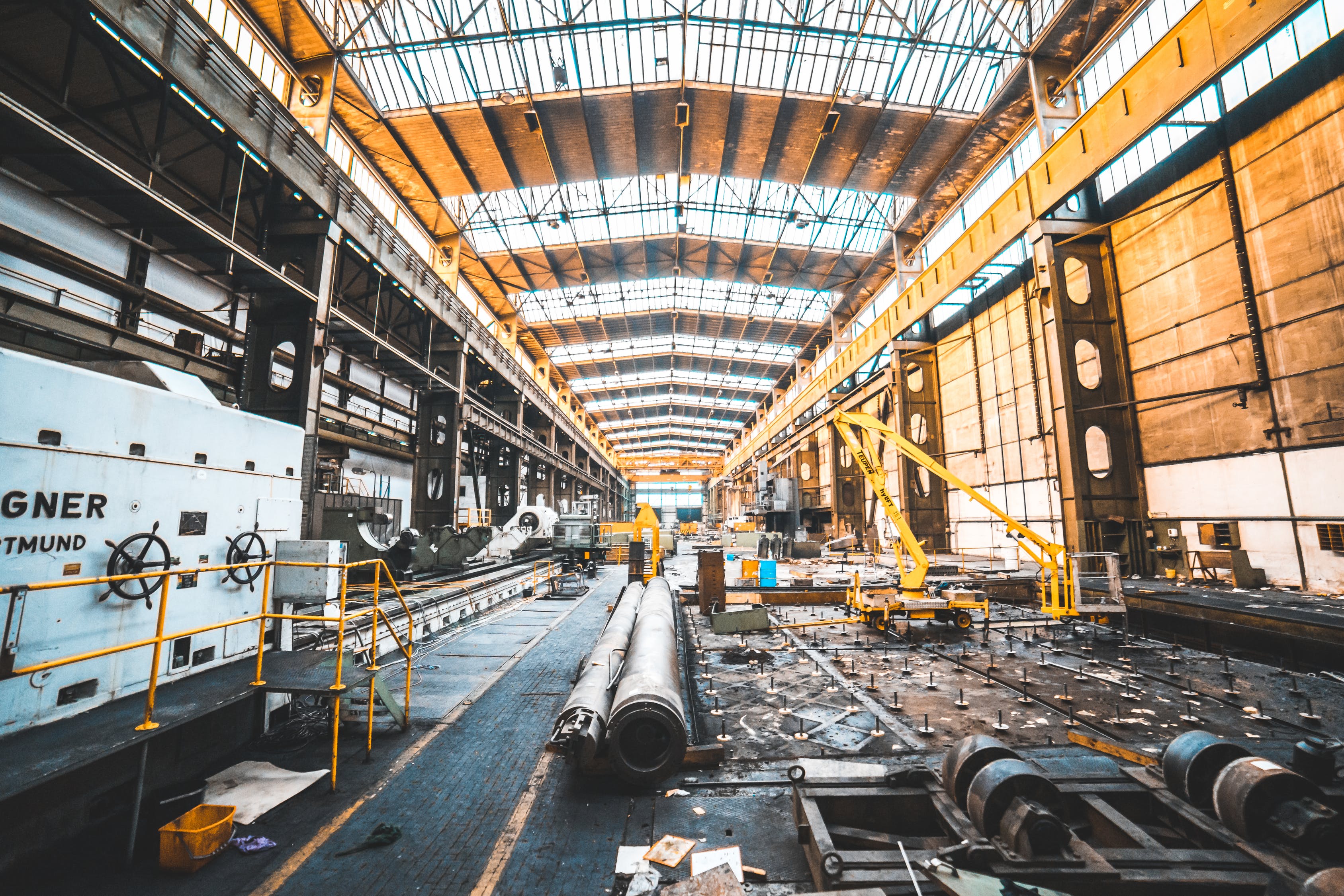Building envelope refers to the entire structural surface which separates internal and external environments. This includes, but is not limited to walls, roofs, doors, windows, and even the foundation. Water damage in all its three forms (gaseous, liquid & solid)is one of the biggest threats that can compromise and worsen the building envelope’s integrity. Let’s discuss some of the signs that factory owners should take note of and act on as soon as possible.
Efflorescence
Efflorescence is a result of chemical reactions between water soluble salts present within the construction material and any moisture/water vapor that has managed to seep into the wall itself. We commonly notice it when white, brown, or yellow chalklike deposits begin to show up on the masonry.
This is one of the earliest signs of air leakage and can be addressed easily with vapor permeable air barrier systems. Discuss your options regarding the efficacy and applicability of sheet membrane vapor permeable air barrier installations with W.R. Meadows for an expert opinion. Remember that there are various other types of air barriers available because permeable air barrier systems are not always the best option for all factories by default. Only a professional inspection can confirm what would be the best solution for your building’s specific requirements.
Warping, Spots, and Other Disfigurations
There are several different types of disfigurations that can be brought about by infiltrating moisture damage. If you notice bumps, warping, spots (fading/darkening of the paint), blotches (big spots), etc. on any of the roofs or the walls, it is almost certainly a sign of water/moisture damage. It’s also a clear sign that whether it’s because of weathering or on account of poor material use, the surface is now far too permeable to be left without additional protection.
Increasing Energy Expenses
Insulation is a necessity to keep heating and cooling bills as low as possible, but your double-glazed windows will be of little use if air is leaking right through the walls and the roof. Consequently, the industrial HVAC system will be working constantly to make up for the lost heating/cooling, thereby, raising electricity bills sky-high. In commercial buildings such as factories, the difference in energy consumption can be felt much more heavily. Hot spots, cold spots, inadequate indoor temperature control are also associated issues which will accompany the exorbitantly high power bills.
Mold, Mildew and Malodorous Indoor Air
The presence of mold and mildew inside compromised surfaces is almost an inevitable adverse effect. It’s a natural occurrence once the building envelope becomes too permeable over time. The same can also happen to new buildings if the envelope was not constructed with sufficient density/thickness to begin with. As the fungal growths will grow for a long time inside the walls before becoming clearly visible to the naked eye, watch out for signs such as:
- Moldy, musty smells inside the factory
- Increased instances of aggravated asthma, sneezing, coughing, runny nose, etc. among the workers
- Unexplainable stuffiness inside some rooms (mold spores in the air)
For those wondering, the main difference between water damage and moisture damage is that the former happens a lot faster, while the latter takes time to bring about the same distortions and degradations. However, due to the vaporous nature of moisture carried by humid air, it can get inside your walls more easily and stay hidden for longer periods of time.

